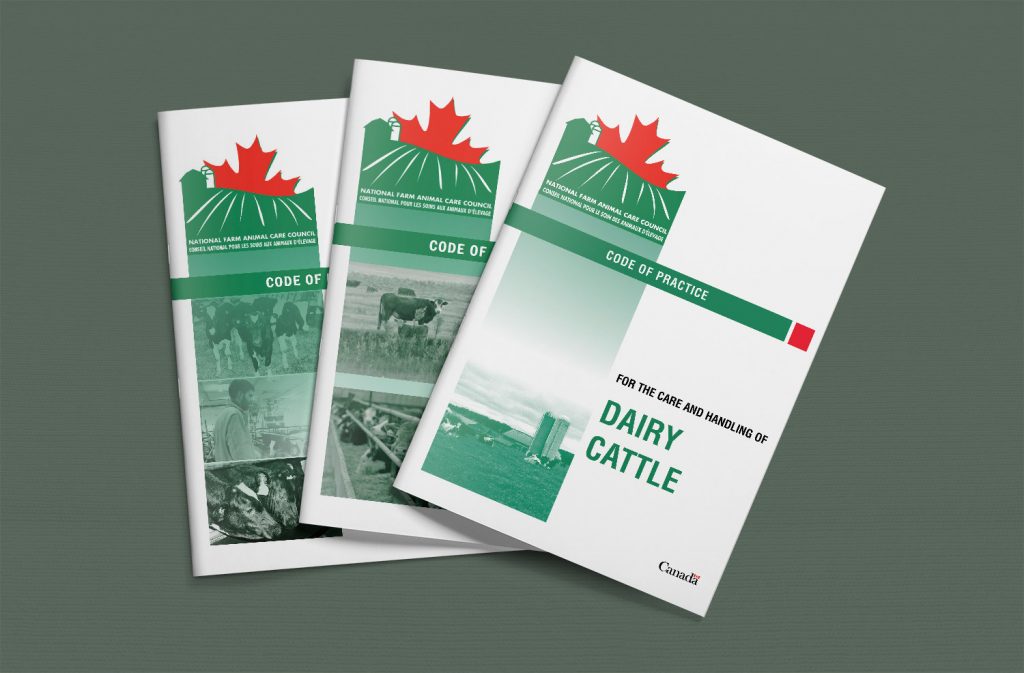December 31, 2020 brought some changes for veal producers housing calves in hutches and outdoor enclosures with tethers. The Code of Practice for the Care and Handling of Veal Cattle (the Code) requirement came into effect that will no longer allow calves being started for the veal or dairy-beef markets to be tethered.
Housing
Veal Farmers of Ontario (VFO) supports the Code of Practice for the Care and Handling of Veal Cattle (the Code) developed through the National Farm Animal Care Council’s process. Learn more about the Code development process here.
Effective December 31, 2020, veal cattle in all holdings must meet the following requirements:
Calves must be housed in groups as young as possible and not later than eight weeks of age. Time in individual housing can only be extended past eight weeks of age in exceptional circumstances for the health and welfare of individual calves on the advice of the herd veterinarian and according to the herd health plan.
The tethering of calves is prohibited.
Interpretation of Section 3.2 Animal Housing
Approved November 8, 2022.
Since the Code’s release there have been challenges regarding Section 3.2 Young Animal Housing which prompted the question for an interpretation, are calves that are housed in hutches required to have access to the outside during periods where there may be heavy rain and/or snowfall?
In the interest of appropriate management strategies and calf welfare, outdoor access can be optional during mid-November to mid-April where high rain and/or snowfall and/or cold temperatures are possible. Read the full interpretation of this requirement here.
Learn more about the Code’s recommendations for housing veal cattle here.
The Code is the veal industry’s standard of care and all veal producers across Canada are expected to follow it. VFO does not have the regulatory authority to enforce the Code, but will support the Code in the event there are on-farm issues.
Learn more about VFO’s Commitment to Animal Care here.
Learn more about the requirements for housing calves in these articles.
Indoor calf housing requirements
Producers starting calves for the veal or dairy-beef market indoors had new requirements in the Code of Practice for the Care and Handling of Veal Cattle (the Code) come into effect December 31, 2020. It is very important to understand if the pens used in your operation comply.
Ventilation
Calf barns or rooms can be ventilated naturally or mechanically. Natural ventilation combined with a positive pressure ventilation tube (PPVT) system provides the best of both.
There are four primary goals for ventilating calf barns or rooms:
- Remove moisture in cold weather,
- Remove heat in hot weather,
- Provide fresh air uniformly, and
- Provide fresh air without causing drafts.
Learn more about ventilation in these articles.
Combining natural ventilation with positive pressure ventilation in calf barns
Calf barns or rooms can be ventilated naturally or mechanically. Natural ventilation combined with a positive pressure ventilation tube (PPVT) system provides the best of both.
Dealing with the summer heat: Animal comfort and productivity
Every spring, livestock producers add seasonal planting and other outdoor activities to their already busy schedules, but with higher temperatures and humidity comes a reminder to inspect all barn ventilation systems. Ensure all fans are uncovered, operational, and all air inlets will open to allow maximum airflow capacity.
